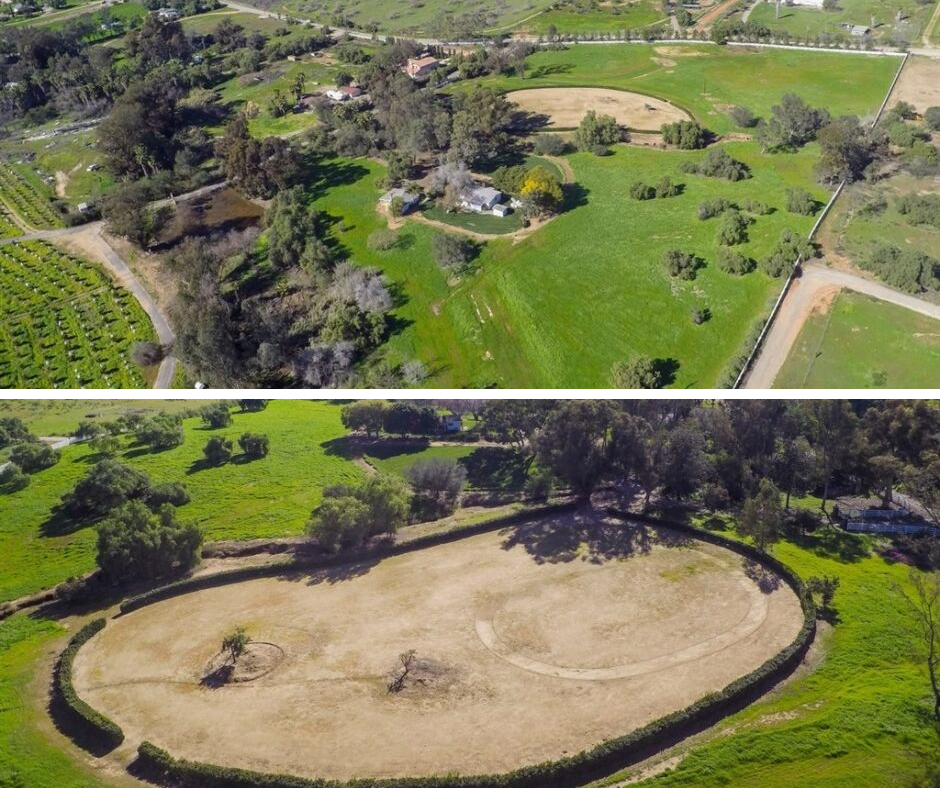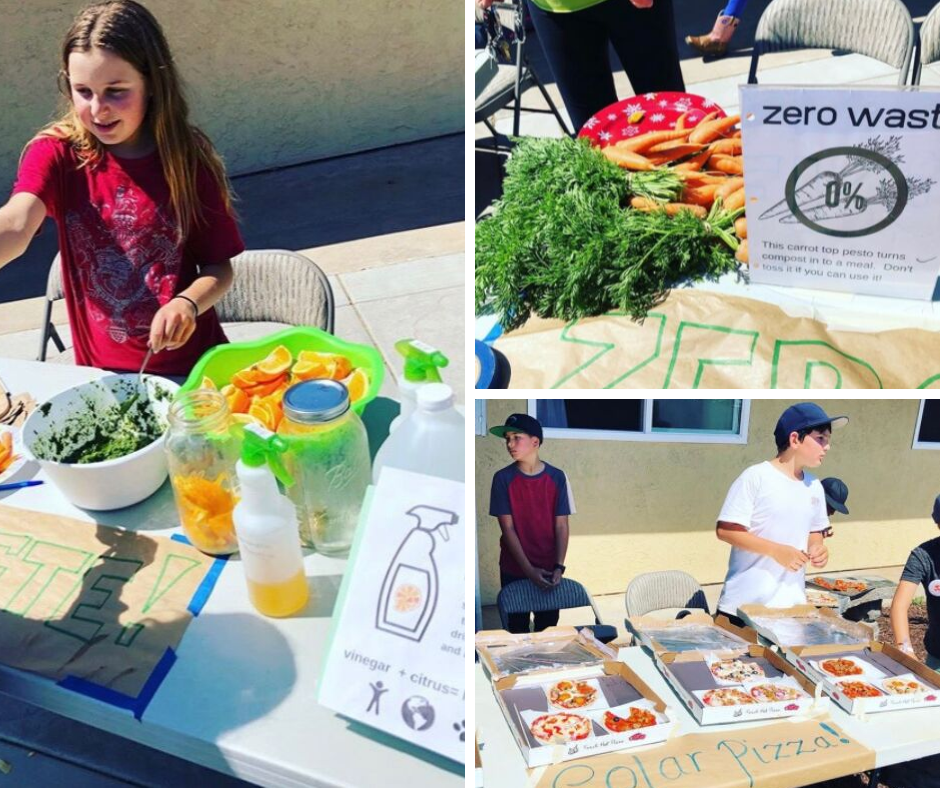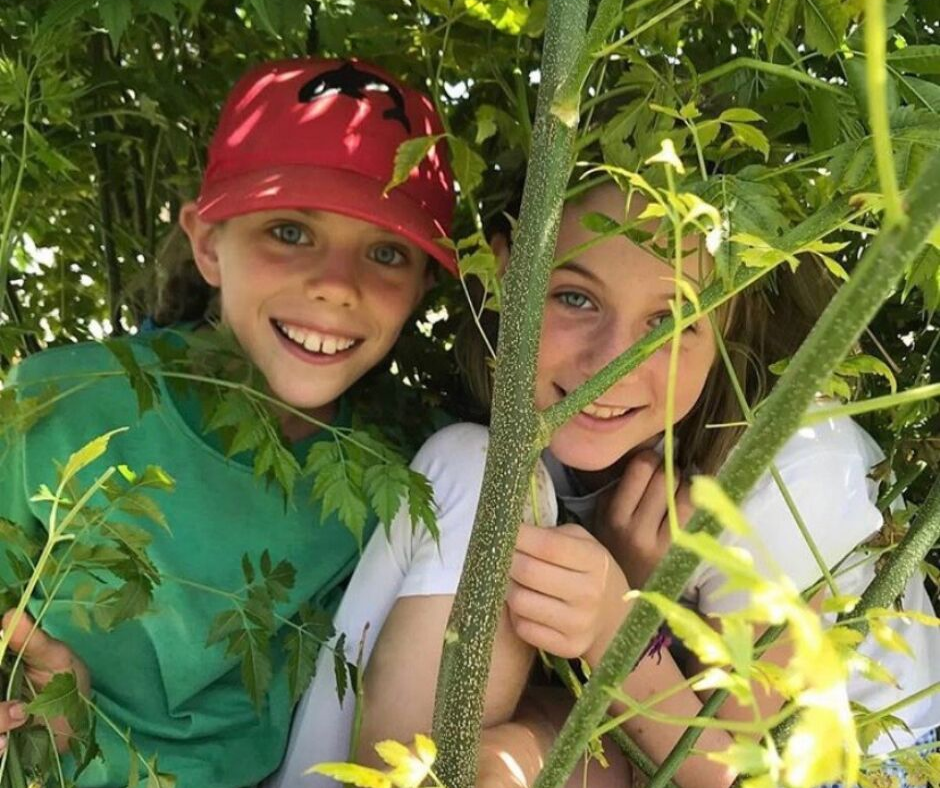How Advance borrower Bethany Chaffin used creative capital to enrich the lives of more students in North County San Diego
When we first met Bethany Chaffin, director of the education enrichment center Friends of Willow Tree, in 2018 she faced a challenging capital gap. Friends of Willow Tree needed a loan ahead of private and state payments to pay for staff, materials, and supplies at the start of the school year. After restructuring from an independent study program within a charter collaborative to a nonprofit resource enrichment center serving a variety of charter and privately homeschooled students across North County San Diego, they were denied a conventional loan from their bank because their operating history didn’t show how long they’d been doing this kind of work.
Our flexible, personalized financing approach allowed us to provide Friends of Willow Tree a $100,000 bridge loan that they used for expenses at the start of the school year, keeping the program affordable and accessible for their majority low-income students.
Fast-forward to the 2019-2020 school year, and we’re supporting Bethany with an exciting opportunity for long term stability and growth–the construction of a dedicated Willow Tree Learning campus on undeveloped land that they own in Bonsall. Friends of Willow Tree is pursuing financing through a tax-exempt bond with Greenwich Investment Management but needed a bridge loan to continue renting their current space while they build the new property.

Bethany has been working in education for 20 years and was previously named a San Diego County educator of the year when she worked in Escondido. To celebrate our second loan with Friends of Willow Tree and the construction of their new facility, we wanted to get to know the woman behind the business and learn why she’s passionate about Waldorf education.
You had been in education for a while prior to starting Friends of Willow Tree. What challenges did you see in the traditional education system?
I worked in traditional public schools for 16 years and had the opportunity to visit a number of different schools throughout the state. What I saw was very disheartening, I saw kids who were disengaged and disconnected from nature and glued to their iPads. I also saw that the curriculum was being introduced to students before they were developmentally ready. This was a huge problem.
Absolutely. What made you want to start a new program grounded in the Waldorf methodology?
I fell in love with the Waldorf method because it’s heavily based on research and the developmental stages of children. It doesn’t just stress the types of skills children should learn, but also when they should learn the skills. I appreciate the heavy focus on connecting with nature and the arts as well.
The Bonsall school district was about to approve a brand new charter and the charter’s executive director invited us to become a part of their initiative. We stayed with the charter collaborative for three years before ending our MOU and transitioning to an enrichment center in early 2018. Our hybrid program would enable us to support homeschooling students and work with a number of different charters while staying on the property we were developing.
“I fell in love with the Waldorf method because it’s heavily based on research and the developmental stages of children. It doesn’t just stress the types of skills children should learn but also when they should learn the skills. “
What differences do you notice in kids who experience a Waldorf-inspired education?
I notice huge differences in these kids. They have more self-confidence and actually see themselves differently. Honestly, when I have a conversation with a Waldorf-educated child, they’re able to make eye contact and engage in conversations in an entirely different way than kids who aren’t. They don’t just regurgitate what they learn–they really question things and think critically. They want to know the why and the how. That inquisitive nature has been the biggest difference I’ve seen after working in public schools and interacting with the children coming through Friends of Willow Tree.
What have you learned since starting Friends of Willow Tree?
Perseverance.
We’ve managed to jump through any and every hurdle that’s been thrown at us. The preschool I ran was on a much smaller scale, so learning all the logistics of running a larger business and the logistics that go with that have been a challenge. We now have 24 employees and 19 contractors that we work with on a daily basis. Learning how to manage that many people has been a fun learning curve. Learning to always cross our t’s and dot our i’s both on the business side of things as well as the education side of things has been critical as well.

What motivates you to get up every day and go to work?
Those kids and their hugs! My favorite part of the day is when I get to greet all the kids as they come through in the morning and give them hugs (or handshakes). When we first started, we only had about 80 kids, so I would actually go and hug, or shake hands, or fistbump every kid in their line. Now that we’re so much bigger I can’t hug every kid, but I enjoy being able to stand at the gate to welcome them each morning and get that direct contact with the students that I miss from my teaching days. After being a teacher for 16 years, that part of me still has not gone away.
I also love seeing the teachers interacting with the kids. Walking through the classrooms and seeing the research behind everything we put into practice is an incredible feeling. I love my staff. We have such amazing teachers. I have so many reasons to get up in the morning.
“Waldorf-educated children want to know the why and the how. That inquisitive nature has been the biggest difference I’ve seen after working in public schools and interacting with the children coming through Friends of Willow Tree.”
It’s almost time to welcome students back in the classroom. What are your favorite back to school traditions?
We do a first and last day of school poem where the parents gather around the kids and say a special poem to the children. For the kindergarteners, the parents make an archway with their arms above the doorway for the kids to walk through as they go to class.
For the bigger kids, the parents line up and high five all the kids to encourage them to have a great first day.
How did you connect with Mission Driven Finance?
I actually met a representative from CDC Small Business Finance at a charter school convention in San Diego. As a nonprofit, we didn’t fit their lending profile. But they knew we’d be a good match with Mission Driven Finance and made an introduction.
How has it been for you and your team to work with us?
Like most things related to running a business, nothing happens overnight. It’s actually been really good because it’s given me the opportunity to look back at our processes and procedures. The whole process has been amazing in that it’s really given us a chance to examine what we’ve put into place and make sure that we look at every component of the business from multiple angles so we can be in the strongest position to serve our students.
“The whole process of working with Mission Driven Finance has been amazing in that it’s really given us a chance to examine what we’ve put into place and make sure that we look at every component of the business from multiple angles so we can be in the strongest position to serve our students.”
Why did you choose to work with us rather than another lender?
We chose Mission Driven Finance after going to a number of different lenders. For me, it really appealed to me that you are a smaller organization and that borrowing from you would allow us to support another local company as opposed to a national conglomerate. Some of the other lenders we met with were so cold and that made me not want to work with them.
It’s been a year since we made our first investment—a $100,000 bridge loan. How did things go last school year? How did that capital help?
That loan helped us in a huge way. We had to start paying our teachers’ salaries in August, but we don’t receive funds from the charter schools until October. Also, having that financial gap was going to make it difficult for us to fulfill our goal to make this type of education affordable for families. We strive to make our programs accessible to as many families as possible, therefore our tuition payments are small–nowhere near enough for us to make our rent and payroll payments and all the other expenses we have. That loan enabled us to really start the school year on a good foot.
We now know how much we need to set aside for the summer as well. We originally thought we’d be in our permanent location by now but unfortunately, that was delayed so we need to continue making lease payments on our temporary location. That prompted us to come to you for another loan.
We’re excited to have made a second investment in Friends of Willow Tree. This one is really financing your vision and plans to grow. Can you tell us about that?
Our next step is huge–we’re building our own campus! We own 14 beautiful acres in Bonsall that requires a Major Use Permit in order to start building. This is a long process and we will be in our temporary location for another year. Our rental facility is smaller than our planned campus, and last year we had to cap all of our classes because we just didn’t have space. With this second investment, we are able to continue to pay rent and increase the number of rooms so we can add more students, including a new eighth-grade class. Mission Driven Finance has helped to make this expansion a reality.
What does having a dedicated facility mean for Willow Tree students?
This new facility will give our students a real connection with nature. The physical building will take up about a third of our beautiful 14-acre property. One of the acres will be used by a farm that we work with so students will be able to take farming classes with them and learn first hand what goes into running a working farm. We’ve also begun construction on our outdoor classrooms. Our teachers will get to decide if they feel like teaching inside or outside on any given day.
Is there anything else you’d like to share with the Mission Driven Finance community?
I can’t say enough how much we appreciate you all on the Mission Driven Finance team, and all the time and energy you put into the whole process. Carrie is absolutely phenomenal in her dedication and her willingness to answer any and all questions. We’re able to reach out anytime with any questions we have. And it’s been wonderful just to go through this process.


